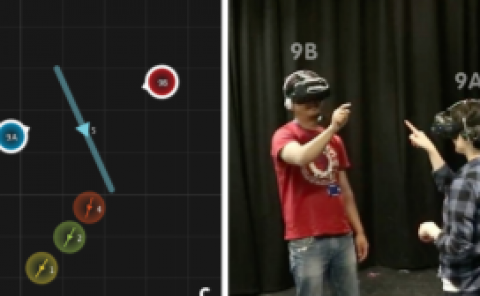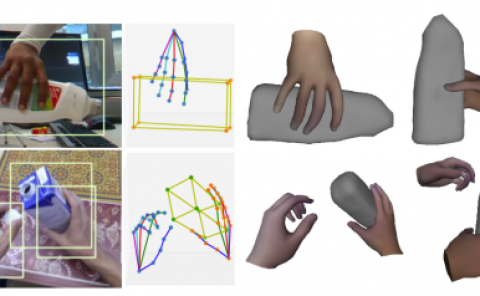Using Biosignals for Objective Measurement of Presence in Virtual Reality Environments
PubDate: August 2020
Teams: University of Moratuwa
Writers: M. Athif; B. L. K. Rathnayake; S. M. D. B. S. Nagahapitiya; S. A. D. A. K. Samarasinghe; P. S. Samaratunga; R. L. Peiris; A. C. De Silva
PDF: Using Biosignals for Objective Measurement of Presence in Virtual Reality Environments

Abstract
The concept of `presence’ in the context of virtual reality (VR) refers to the experience of being in the virtual environment, even when one is physically situated in the real world. Therefore, it is a key parameter of assessing a VR system, based on which, improvements can be made to it. To overcome the limitations of existing methods that are based on standard questionnaires and behavioral analysis, this study proposes to investigate the suitability of biosignals of the user to derive an objective measure of presence. The proposed approach includes experiments conducted on 20 users, recording EEG, ECG and electrodermal activity (EDA) signals while experiencing custom designed VR scenarios with factors contributing to presence suppressed and unsuppressed. Mutual Information based feature selection and subsequent paired t-tests used to identify significant variations in biosignal features when each factor of presence is suppressed revealed significant (p <; 0.05) differences in the mean values of EEG signal power and coherence within alpha, beta and gamma bands distributed in specific regions of the brain. Statistical features showed a significant variation with the suppression of realism factor. The variations of activity in the temporal region lead to the assumption of insula activation which may be related to the sense of presence. Therefore, the use of biosignals for an objective measurement of presence in VR systems indicates promise.


